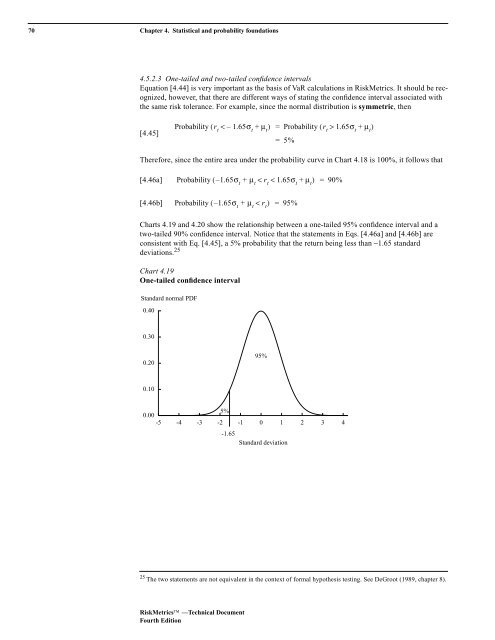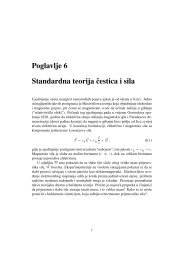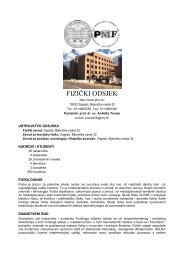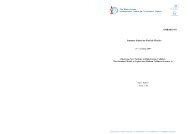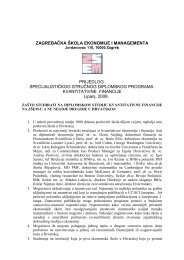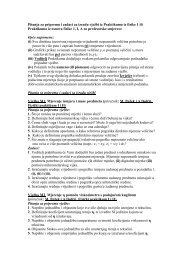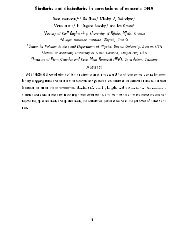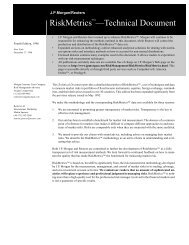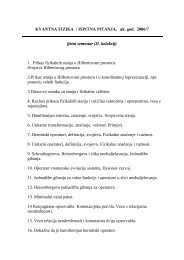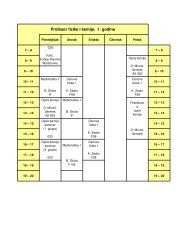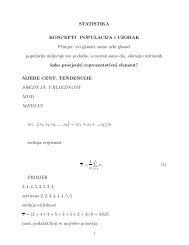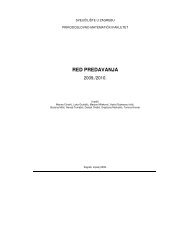RiskMetrics⢠âTechnical Document
RiskMetrics⢠âTechnical Document
RiskMetrics⢠âTechnical Document
You also want an ePaper? Increase the reach of your titles
YUMPU automatically turns print PDFs into web optimized ePapers that Google loves.
70 Chapter 4. Statistical and probability foundations<br />
4.5.2.3 One-tailed and two-tailed confidence intervals<br />
Equation [4.44] is very important as the basis of VaR calculations in RiskMetrics. It should be recognized,<br />
however, that there are different ways of stating the confidence interval associated with<br />
the same risk tolerance. For example, since the normal distribution is symmetric, then<br />
[4.45]<br />
Probability ( r t<br />
< – 1.65σ t<br />
+ µ t<br />
) = Probability ( r t<br />
> 1.65σ t<br />
+ µ t<br />
)<br />
= 5%<br />
Therefore, since the entire area under the probability curve in Chart 4.18 is 100%, it follows that<br />
[4.46a]<br />
Probability (–<br />
1.65σ t<br />
+ µ t<br />
< r t<br />
< 1.65σ t<br />
+ µ t<br />
) = 90%<br />
[4.46b]<br />
Probability (–<br />
1.65σ t<br />
+ µ t<br />
< r t<br />
) = 95%<br />
Charts 4.19 and 4.20 show the relationship between a one-tailed 95% confidence interval and a<br />
two-tailed 90% confidence interval. Notice that the statements in Eqs. [4.46a] and [4.46b] are<br />
consistent with Eq. [4.45], a 5% probability that the return being less than −1.65 standard<br />
deviations. 25<br />
Chart 4.19<br />
One-tailed confidence interval<br />
Standard normal PDF<br />
0.40<br />
0.30<br />
0.20<br />
95%<br />
0.10<br />
0.00<br />
5%<br />
-5 -4 -3 -2 -1 0 1 2 3 4<br />
-1.65<br />
Standard deviation<br />
25 The two statements are not equivalent in the context of formal hypothesis testing. See DeGroot (1989, chapter 8).<br />
RiskMetrics —Technical <strong>Document</strong><br />
Fourth Edition


